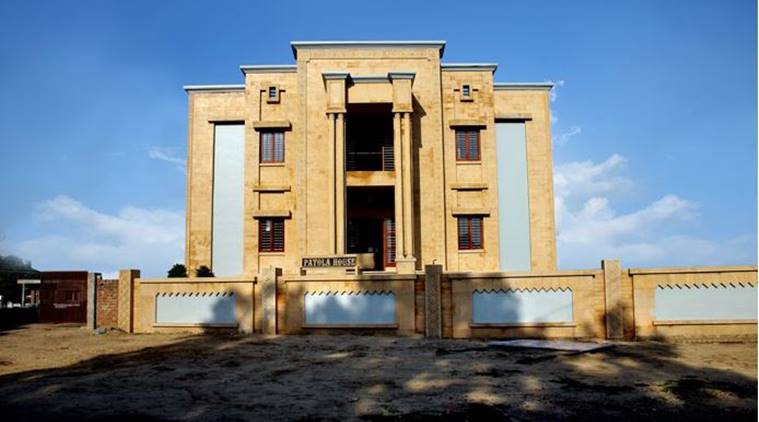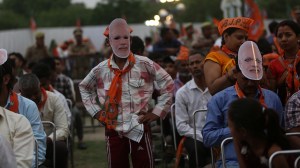- India
- International
Gujarat elections: Patan-based Selvi family, guarding ancient craft since 12th century, says ‘have little hope in any political party’
The Selvi family has gone to great lengths to preserve the craft -- now showcased in the "Patan Patola Heritage" museum in the town, which documents the history of the textile, also known as the "mother of all ikats".
 The Selvi family has gone to great lengths to preserve the craft — now showcased in the “Patan Patola Heritage” museum in the town, which documents the history of the textile, also known as the “mother of all ikats”. (Source: patanpatola.com)
The Selvi family has gone to great lengths to preserve the craft — now showcased in the “Patan Patola Heritage” museum in the town, which documents the history of the textile, also known as the “mother of all ikats”. (Source: patanpatola.com)
At first sight, Patan, a municipal town in north Gujarat, appears like an urban nightmare, a dust bowl brimming with people and stray cows. But a casual stroll will make one realise that the town, built on the ruins of the Chalukya Dynasty’s capital, is a veritable slice of history, which explains why it is lined with ruins of fort walls and imposing gates.
The most prestigious export of the town is, however, the “patola” textile, and the Patan-based Selvi family has been zealously guarding since the 12th century the extraordinary craft of “double ikat” — the tying of warps (longitudinal thread) and weft (thread horizontally crossing warps).
The Selvi family has gone to great lengths to preserve the craft — now showcased in the “Patan Patola Heritage” museum in the town, which documents the history of the textile, also known as the “mother of all ikats”.
The Patola art is the recipient of several national and international awards and on multiple occasions the President of India has conferred the title of master craftpersons on members of the family.
The family, which wields much respect in the town going to polls on December 14, has never waded into politics, but Bharatbhai Kantilal Salvi, one of the master weavers of the family, has a grievance. “Narendra Modi, who was the chief minister of Gujarat for 13 years, never showed an interest in our ancient craft or visited our manufacturing unit. I did talk to him several times when he was the CM but it never happened,” says Bharatbhai, who along with elder brother Rohitbhai Kantilal Salvi is the current chief patron of the museum.

Bharatbhai will cast his vote on Thursday, but says he has little hope in any political party. Moments later he shrugs off the disappointment and points to a corner of the museum where hang portraits of VD Savarkar, Subhash Chandra Bose and Bhagat Singh.
“We consider them as our guiding forces,” he says, with a glint in his eyes. The official website of the museum says the family wanted to conserve and display the Patan Patola legacy without taking financial help or favours from any organisation, private or public.
The tastefully designed sprawling interiors of the museum, which opened in September, 2014, attracts a fairly decent footfall on all weekdays, says Bharatbhai, who also doubles up as a guide.
One of the exhibits, a Patola frock, is 300 years old. Bharatbhai emphasises that the fabric is such that the colours of a Patola textile, which has a GI tag, will never fade until its crumbles into dust.
“Creating a six-yard-long Patola sari requires at least four persons and up to six months. Computer-controlled automation softwares cannot come up with such intricate designs. Here misplacing a single thread can ruin the entire product,” he says.
A Patola silk sari costs a minimum of Rs 1.5 lakh. Bharatbhai took out a newspaper from 1934 to point to a report on Patola, alongside a mention that it was priced Rs 100 at that time.
The younger generation is gradually taking up the mantle. Rahulbhai Selvi, 38, an architect by training, quit his job in 2011 and took up weaving full time along with his cousin Savan, an engineer. Legend has it that Patola cloth was an intrinsic component of rituals undertaken by King Kumarpal of the Solanki Dynasty in the 12th century.
Later, he invited around 700 Patola weavers, who were based out of Maharashtra’s Jalna, to settle in Patan and thus began the tradition of Patan Patola.
Apr 24: Latest News
- 01
- 02
- 03
- 04
- 05






























